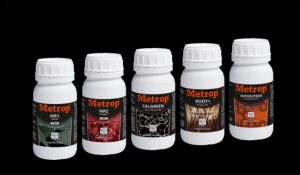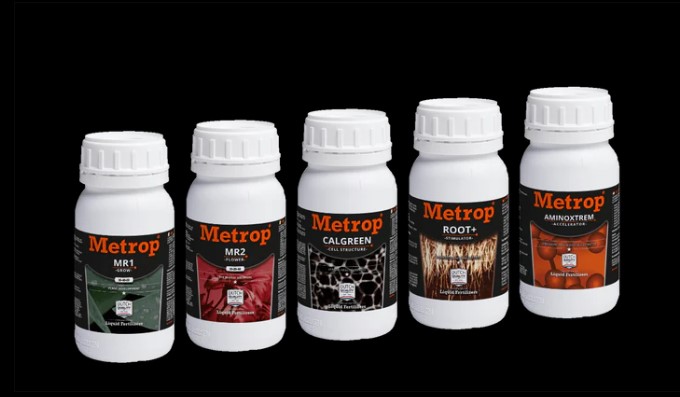Humidity plays a crucial role in the cultivation of plants, influencing their growth, health, and overall vitality. As dedicated cultivators strive to create optimal conditions for their plants, Metrop stands out as a trusted ally in achieving the perfect balance of humidity. In this comprehensive guide, we’ll delve into the significance of humidity for plants and explore how Metrop products can help you cultivate thriving greenery.
Understanding the Importance of Humidity in Cultivation Rooms:
Humidity refers to the amount of moisture present in the air, and it directly impacts plant transpiration, nutrient uptake, and overall physiological processes. Different plants have varying humidity preferences, making it essential for cultivators to tailor the environment to meet specific needs.
Maintaining the right humidity levels in a cultivation room humidity promotes:
- Optimal Photosynthesis: Adequate humidity ensures that plants can efficiently carry out photosynthesis, the process by which they convert light into energy.
- Nutrient Uptake: Humidity affects a plant’s ability to absorb nutrients from the soil. Balanced humidity levels contribute to better nutrient uptake, supporting robust growth.
- Disease Prevention: High humidity can create conditions favorable for the development of mold, fungi, and other pathogens. Controlling humidity helps prevent these issues and keeps plants healthy.
- Stress Reduction: Fluctuations in humidity can stress plants, leading to stunted growth or susceptibility to pests. Consistent humidity levels provide a stable environment for plants to thrive.
Metrop’s Solutions for Humidity Management:
Metrop understands the nuances of plant cultivation and offers a range of products designed to address humidity concerns. From humidity controllers to innovative monitoring devices, Metrop provides cultivators with the tools needed to create and maintain the ideal growing conditions.
- Humidity Controllers: Metrop’s humidity controllers are user-friendly and equipped with advanced technology to ensure precise humidity regulation. These controllers allow cultivators to set and maintain specific humidity levels, providing plants with a stable and controlled environment.
- Humidity Monitoring Devices: Metrop’s humidity monitoring devices offer real-time data on humidity levels within the cultivation room. This enables cultivators to make informed decisions and adjustments based on accurate information, ensuring optimal growing conditions.
Questions and Answers:
Q: What is the ideal humidity range for plant cultivation?
A: The ideal humidity range varies among plant species. However, a general guideline is to maintain humidity between 40% and 60% during the vegetative stage and around 50% to 70% during the flowering stage. Metrop’s products assist cultivators in achieving and maintaining these optimal levels.
Q: How do fluctuations in humidity affect plants?
A: Fluctuations in humidity can stress plants, leading to slowed growth, wilting, and increased vulnerability to diseases. Metrop’s humidity controllers provide a reliable solution by ensuring a consistent and controlled environment for plants.
Q: Are Metrop’s products suitable for both small and large cultivation setups?
A: Yes, Metrop offers a range of products scalable for various cultivation setups. Whether you’re a small-scale hobbyist or managing a large cultivation facility, Metrop’s humidity management solutions can be adapted to suit your specific needs.
Conclusion:
Achieving the perfect balance of humidity is a critical aspect of successful plant cultivation. Metrop’s commitment to providing effective solutions for humidity management empowers cultivators to create optimal growing conditions, ultimately leading to healthier and more productive plants. Explore the range of Metrop products to take your cultivation endeavors to new heights. Your plants deserve the best, and with Metrop, you can provide them with precisely that.






